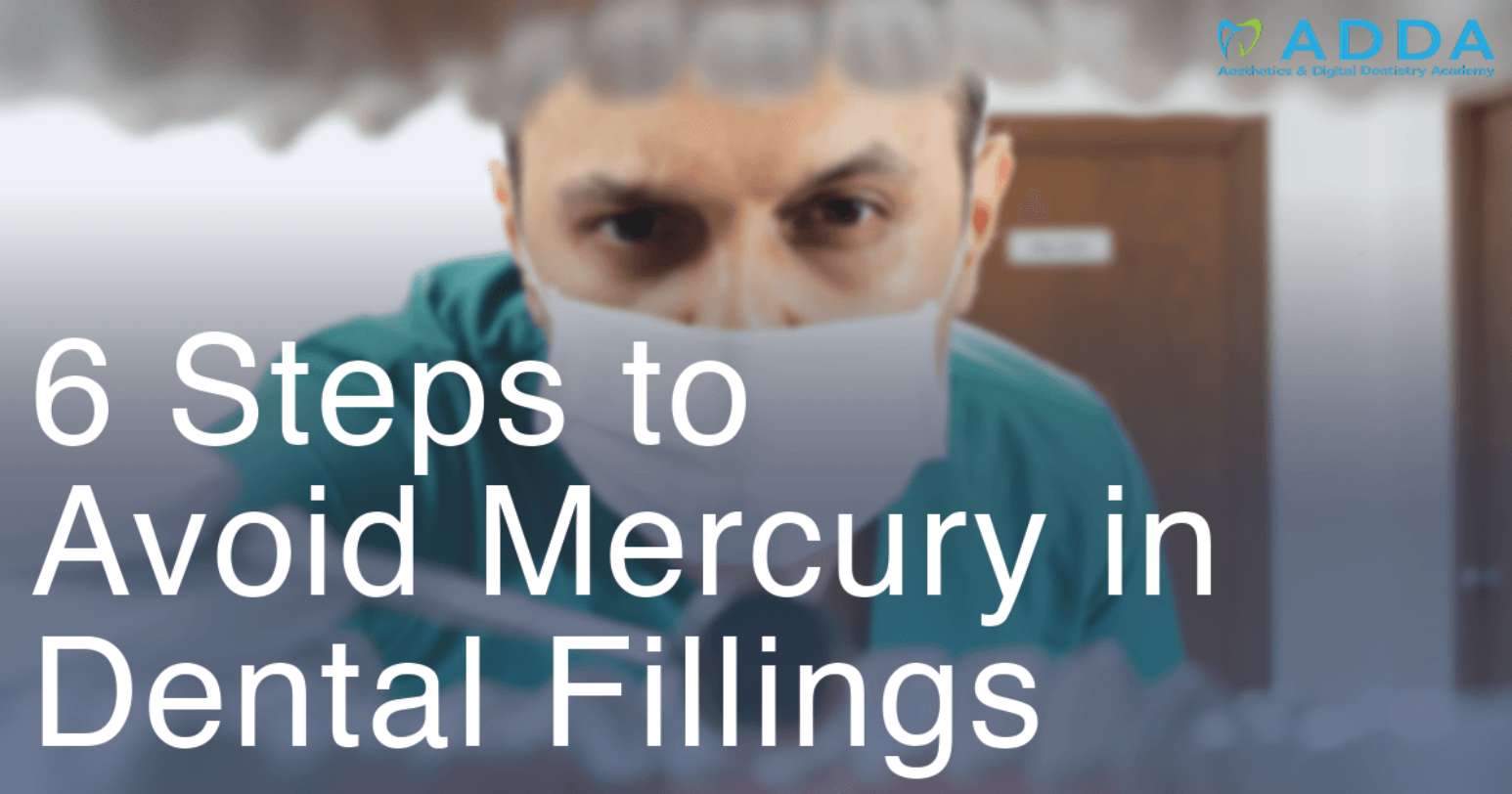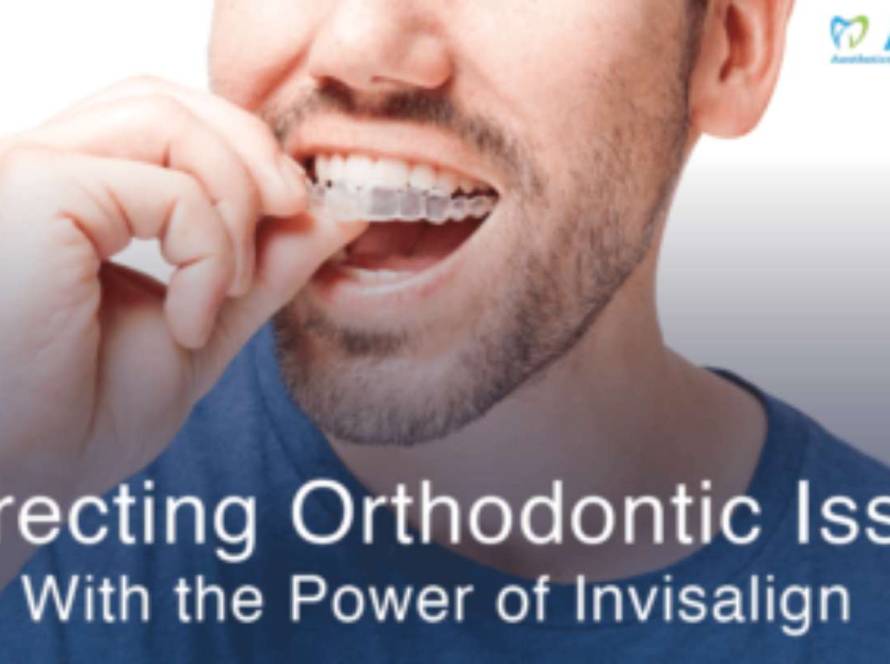New evidence suggests significant risks involved with traditional dental amalgam fillings. Use this guide to understand the problem and choose alternatives.
- Know the Options
- Understand the Composition of Dental Amalgam Fillings
- Identify the Risks of Mercury-Based Fillings
- Differentiate Between Types of Dentists
- Biological Dentistry: A biological or biocompatible dentist uses only practices and equipment with no mercury, or with amounts so tiny that they are perfectly safe. A biological dentist also views oral health in context with the overall health of the body and its systems, using treatments with the lowest possible impact that will still resolve the issue. This type of dentist also ensures that dental methods and materials are as biocompatible as possible.
- Mercury-Safe Dentistry: A mercury-safe dentist or dental practice enacts strict safety rules to eliminate mercury exposure. These dentists will go so far as to remove fillings with mercury and replace them with non-mercury fillings.
- Mercury-Free Dentistry: A mercury-free dentists doesn’t install dental amalgam fillings that include mercury. However, the dentist may or may not replace existing fillings of this type.
- Count the Cost
- Get the Training
Today’s technology makes it possible for patients to have a few different options when it comes to filling the holes caused by decay. Cavities can be filled with resin-based composite filling, which is coloured like the teeth and works best for the teeth that are most visible, towards the front. While it can also be used in the rear teeth, dentists have traditionally used a substance known as dental amalgam for those teeth, to withstand the heavier workload and greater impact on the molars.
Dental amalgam fillings are made of tin, copper, silver, and mercury, usually with about 50% mercury in the mixture. The mercury serves as a binding agent, ensuring that the other materials mesh well with each other and offer a durable, hard chewing surface.
Unfortunately, the heavy use of mercury in dental amalgam fillings can be dangerous to human health. Over time, the fillings allows mercury vapours to escape, particularly during chewing or brushing. Children, teens, child-bearing women, and people with kidney issues, neurological problems, or allergies are most at risk for bad effects from the mercury. Even breast-feeding babies may be exposed to mercury through the breastmilk of the mother, if she has amalgam fillings.
Before a patient can discern whether or not a dentist is truly dedicated to reducing mercury exposure, he or she must understand the associated terminology. Check out these three common terms and their real meanings.
Composite fillings are more expensive that traditional dental amalgam fillings, but they are worth it to spare the extra risk to patient health. According to recent studies, composite fillings have been proven to last just as long as traditional ones in most cases; and even if a crack or a problem does occur, it is much easier to repair a composite filling than a metal one. Plus, the composite fillings are less noticeable when a person smiles, laughs, or speaks.
Dentist who lack training in advanced posterior aesthetics, or repairing the rear teeth, can contact the Aesthetics and Digital Dentistry Academy (ADDA) in Singapore to pursue additional training. Thanks to the ADDA’s hands-on courses taught by industry-recognised dental practitioners, dentists can learn new ways to avoid mercury and conduct each smile makeover in the safest and healthiest way for the patient.



